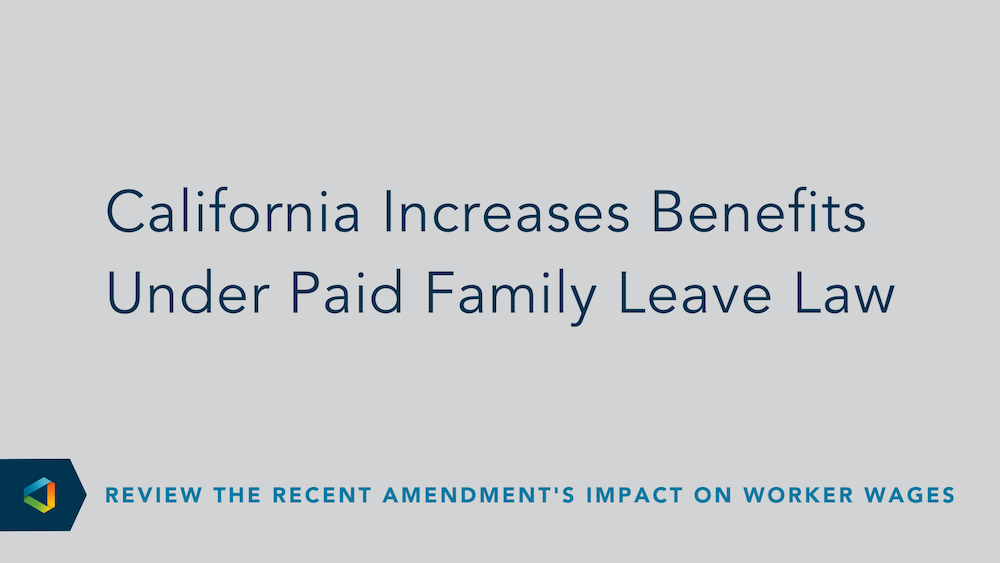Compliance Confidence
What Employers Should Know About FMLA and ADA Leave Requirements
What Employers Should Know About FMLA and ADA Leave Requirements
Both of these federal laws, FMLA and ADA, have provisions involving employee leave, but eligibility and employer obligations vary.
Employees seeking leave, changes to their work schedule, or other accommodations at work due to illness, injury, or ongoing medical treatments may have legal protections available to them under multiple laws. Several protections arise under two important federal laws – the Family and Medical Leave Act (FMLA) and the Americans with Disabilities Act (ADA).
Employers evaluating requests related to an employee’s illness or injury should start with the following considerations in addition to reviewing other federal, state, and local leave and disability laws:
Topic
FMLA*
ADA*
Covered Employer
Eligible Employee
1. For at least 12 months (which do not need to be consecutive.)
2. At least 1,250 hours during the 12 months immediately preceding the first day of the requested leave.
Exclusion: Any employee of an employer who is employed at a worksite at which such employer employs less than 50 employees within 75 miles of that worksite.
Qualifying Reason
(A) inpatient care in a hospital, hospice, or residential medical care facility; or
(B) continuing treatment by a health care provider.
(A) A physical or mental impairment that substantially limits one or more of the major life activities of an individual;
(B) A record of such an impairment; or
(C) Being regarded as having such an impairment as described in paragraph (A).
This means that the individual has been subjected to an action prohibited by the ADA because of an actual or perceived impairment that is not both “transitory and minor.”
Entitlements
Employee Responsibility
The employee must clarify to the employer that an adjustment, change, or other assistance at work is needed and it is related to a disability.
Employer Responsibility
(A) A notice of eligibility and rights and responsibilities within five business days of the employer learning of the employee's need for leave that may be FMLA-qualifying; and
(B) A designation notice within five business days of the employer having sufficient information to determine whether an employee's leave is FMLA qualifying.
Documentation
Job Protection
(A) hold the job open while the employee is on leave;
(B) allow the employee to return to the same position if the employee is still qualified; or
(C) reassign the employee to a vacant position for which they are qualified if holding open an employee's position during a period of leave causes an undue hardship or an employee is no longer qualified to return to the employee's original position.
*The information presented is not exhaustive. Employers should review the complete laws at ada.gov and dol.gov/agencies/whd/fmla
There are additional special considerations when evaluating the timing and use of FMLA and ADA leave, FMLA exhaustion, and pregnancy. Employers should consult with their legal counsel in order to obtain the appropriate advice for their specific leave situation.
For a further breakdown of leave of absence legislation and how employers can ensure compliance, check out this blog: Employee Leave: Clarifying STD, FMLA, and ADA.




